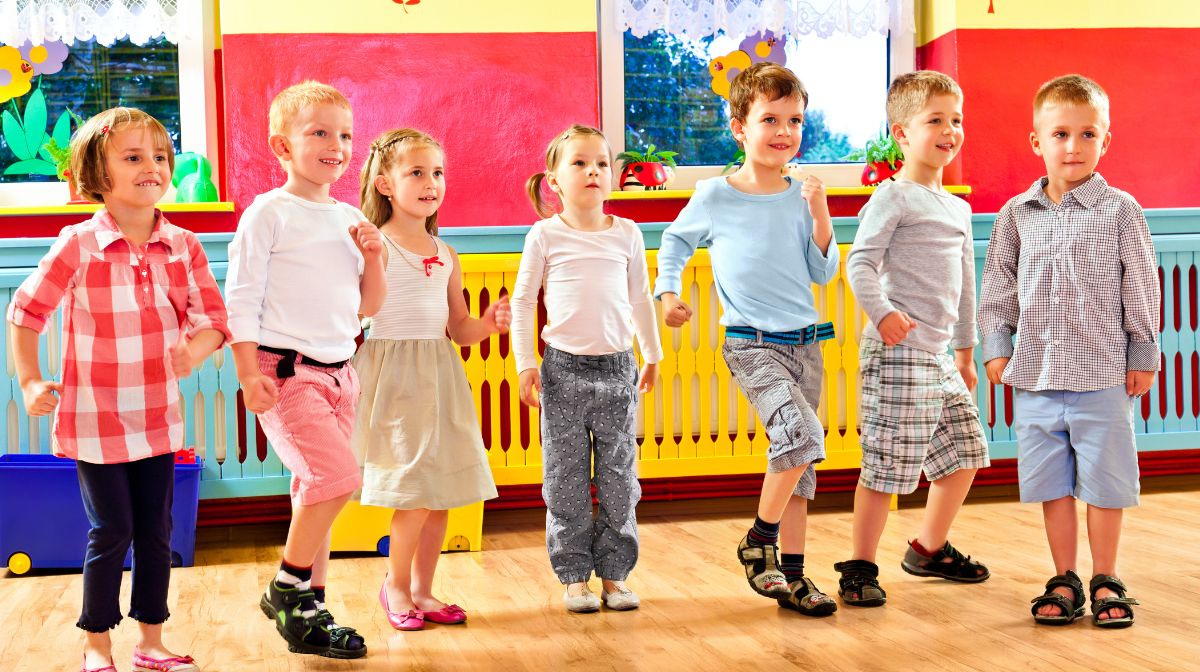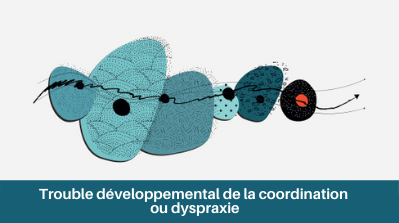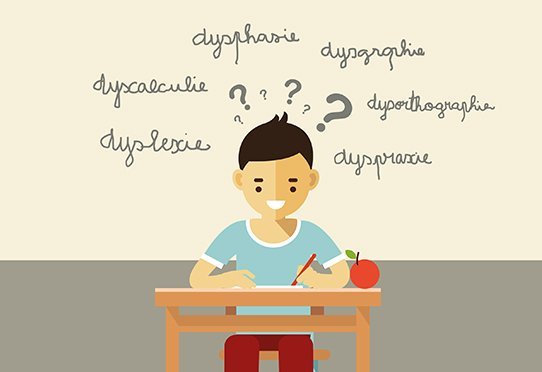
The coordination problems that affect the lives of people with dyspraxia are at least partly related to a poor representation of their body in space. A team just showed that Insert from the Lyon Neuroscience Research Center. This work paves the way for early interventions to correct this deficit in very young children and reduce the risk of severe dyspraxia.
Developmental coordination disorders, also known as dyspraxia, affect between 2 and 6% of school-age children, depending on the study. In particular, they make it difficult to perform certain motor tasks such as writing, tying shoelaces, brushing teeth, jumping or climbing, playing ball, etc. Dyspraxia makes everyday life and learning difficult for children.
Alice Gomez studies this neurodevelopmental anomaly at the Lyon Neuroscience Research Center. Based on observations of affected children, she believes that their disorders may be related to poor representation and perception of their bodies, which prevents them from easily reproducing observed movements or moving correctly in space. To test this hypothesis, the researcher and her team recruited 17 children aged 8 to 12 who suffered from dyspraxia, 20 others without motor dysfunction, and 20 adults who also did not suffer from dyspraxia. All of these volunteers were subjected to several experiments.
Sensory and motor tests
The first, sensory in nature, involved guessing which part of their hand or foot had been stimulated by a researcher. Specifically, participants sat with a blindfold over their eyes, their left hand and foot available for contact, knowing full well that they were right-handed. They had to describe the location where the researcher made contact as accurately as possible. The second test, this time a motor test, consisted of placing the hands on a screen and lifting only one finger (of the right or left hand), under which a light flashed.
During the first experiment, researchers found that dyspraxic children were unable to accurately identify the affected area on their left hand. While the adult controls made no errors and the children without dyspraxia made very few, the children with dyspraxia performed poorly and confused their fingers. “ It’s a bit like they have big mittens and have to live with them every day. », illustrates Alice Gomez. And when the contacts were made on the toes, the values in the dyspraxic children were much lower than in the others, and few of them were able to accurately describe a stimulation site during the experiment. The motor task was again solved correctly by all participants by lifting the correct finger. However, dyspraxic children more often performed parasitic movements (synkinesis): at the same time as their main finger was raised, others were involuntarily mobilized nearby or even on the other side. In comparison, the movements of children without dyspraxia were more precise and individual.
Early prevention
For the researcher, this work shows that there is indeed an anomaly in the representation of the body of dyspraxic children with sensory and motor effects. “ The mental structure of the different body parts, their position in space and the image we perceive of ourselves is difficult for these children. “, she explains. Building on these results, the team now wants to develop preventive approaches that are intended to reduce the risk of severe dyspraxia. To this end, a doctoral student from the team will set up the EnCor program (for “Child and Body”) in several kindergartens: 600 children between the ages of 4 and 6 will be involved starting next January. Their teachers, who are voluntarily taking part in the experiment, will provide them with daily activities for three weeks one of the 18 workshops in the program The aim is to stimulate the representation of the body through sensory and motor exercises as well as the naming of its different parts. Some workshops are then repeated to deepen specific concepts. “ The aim is to improve children’s motor skills, but also their academic skills based on physical representations, such as mathematics », hopes Alice Gomez.
Alice Gomez is a researcher on the team Neuroscience of subjective experience and mental training (Eduwell) at the Lyon Neuroscience Research Center (CRNL, Unit 1028 Inserm/CNRS/Université Claude-Bernard Lyon 1).
source : T. Gauduel et al. Changes in body representation during typical and atypical motor development. Developmental science, online edition from November 5, 2023; doi: 10.1111/desc.13455
Author: AR
also read








